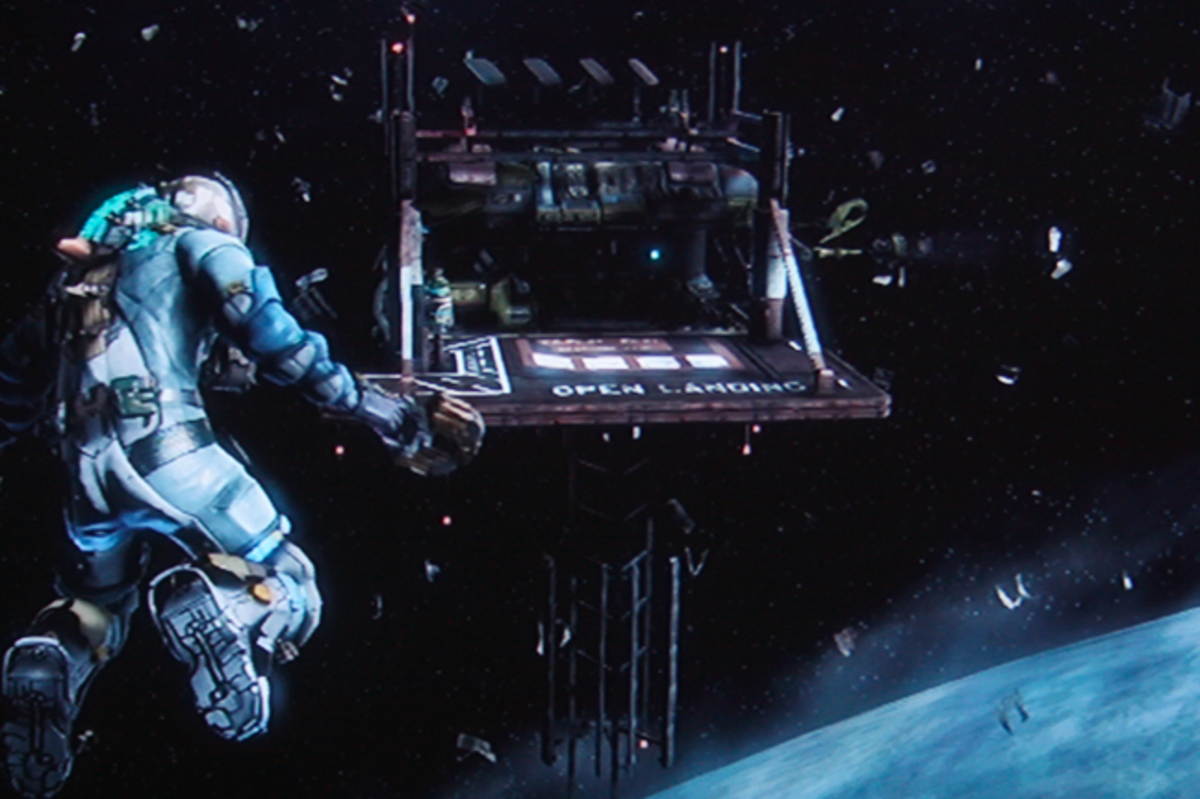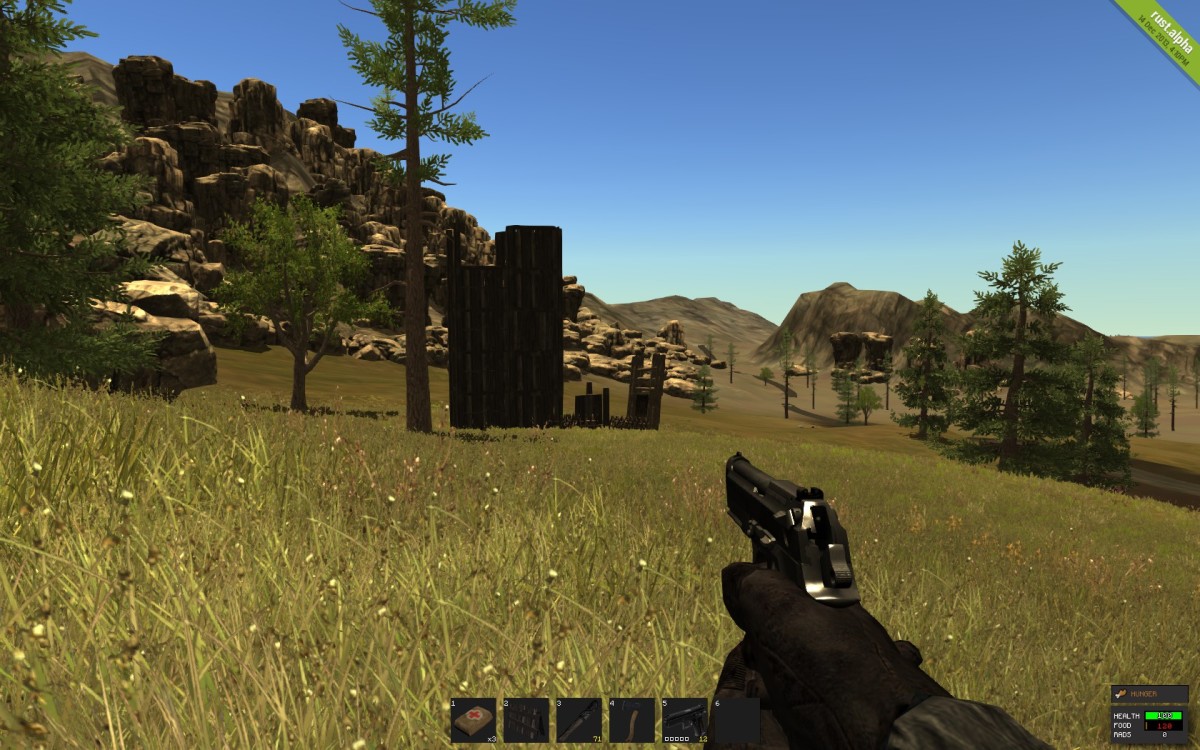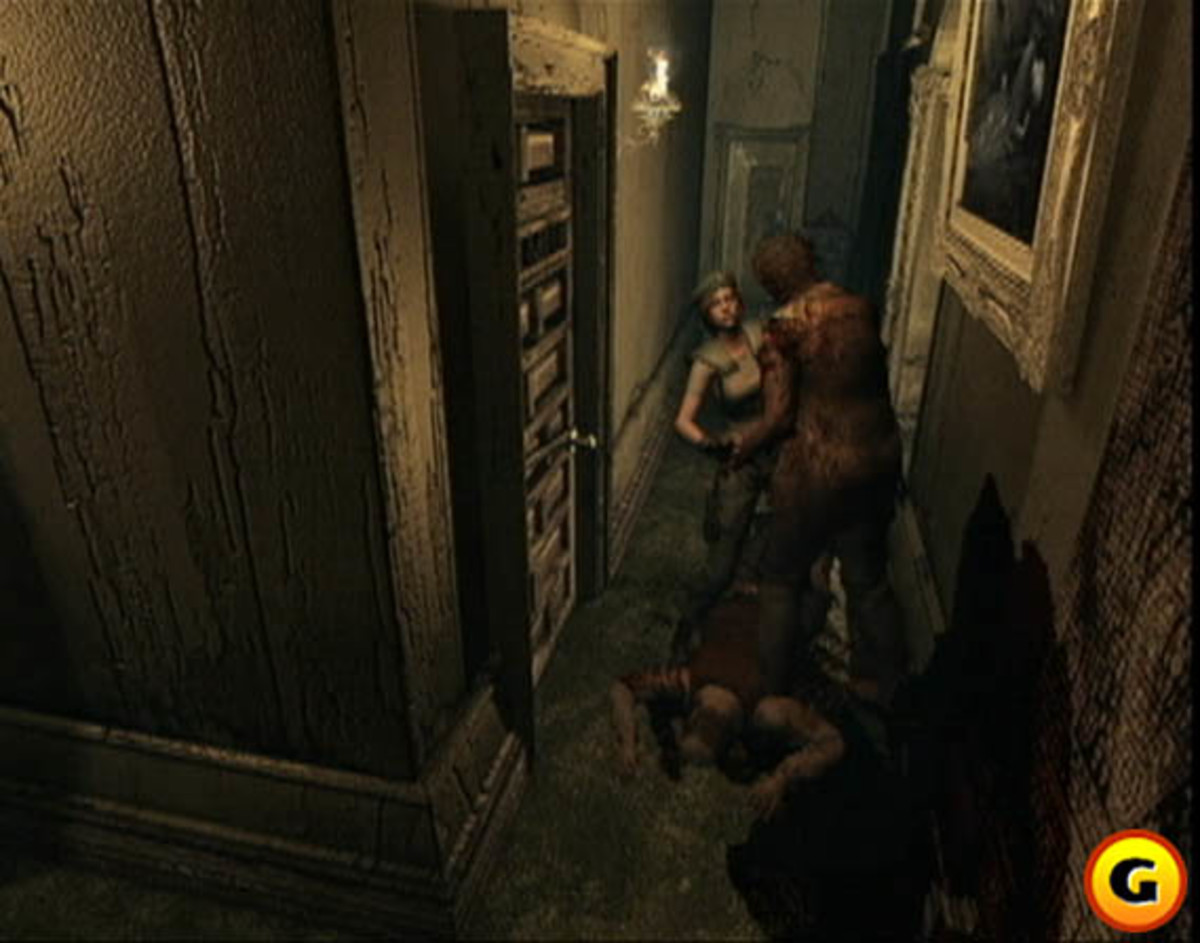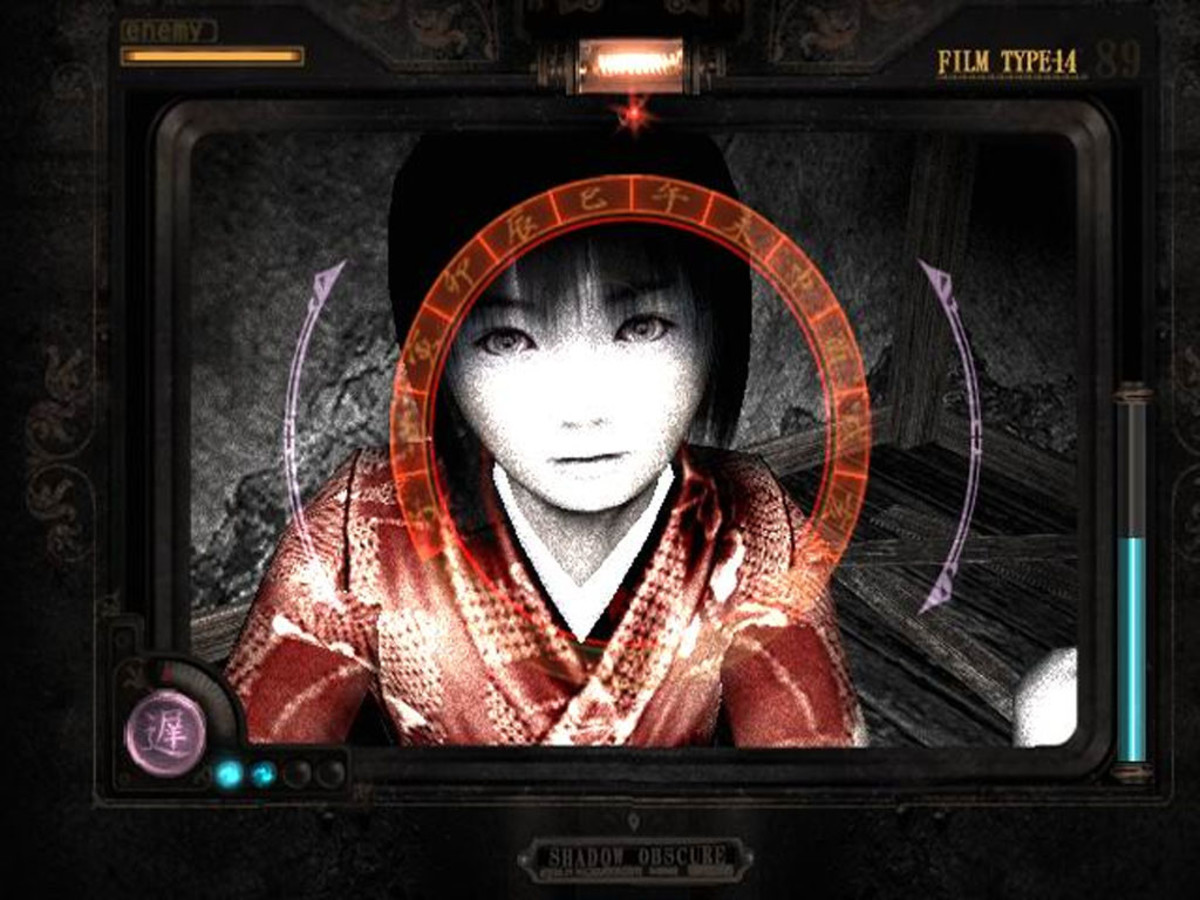Dead Space - A Retrospective Review
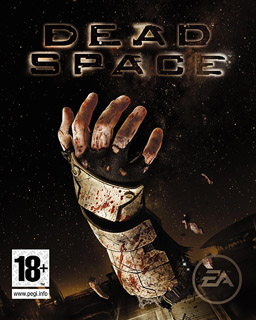
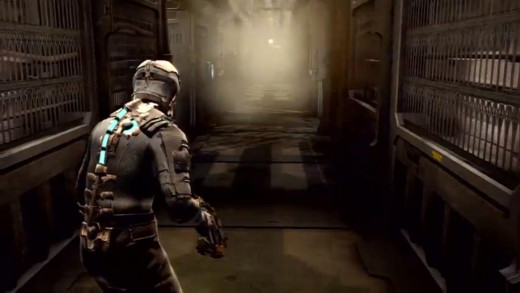
Dead Space is what you get when you cross the setting of Alien, with the monster from The Thing, alongside the plot of Event Horizon. Then you take all of that and fuse it with a revamped version of Resident Evil 4's gameplay. I suppose by writing those two sentences, there's an acknowledgement that Dead Space wasn't doing anything all that new when it was released back in 2008, and it wasn't, but what it did do is take tried and tested elements from various games and films, and make them work seamlessly.
Playing as silent protagonist Isaac Clarke (they were cribbing so much from everywhere else, might as well take the Half-Life 2 style of player character), you arrive to perform what you think is routine maintenance work on the U.S.G. Ishimura, a "planet-cracker" vessel working in deep space. This was one of the other brilliant glimmers of genius in Dead Space, rather than place you in the boots of a battle-worn soldier, developers Redwood Shores instead cast you as an engineer: you were just an ordinary blue-collar guy doing his job.
Then there's the guns, or should I say, the pieces of industrial equipment that are being used as substitutes for guns. Isaac Clarke is no space marine, so rather than give him space marine weapons, he's left to use a Plasma Cutter, a device better suited to cutting rocks than it is for dropping ravenous aliens. The Plasma Cutter in particular epitomises Dead Space's emphasis on precision gameplay, with its alternate firing mode being the ability to alter the angle of the shot by 90 degrees. No longer could you just plough a load of bullets into the horrific monsters in front of you, until they were nothing but pasty lumps of flesh. No, Redwood Shores made it so that you had to stand still, take aim, and line up those important shots in time so that the enemy was left legless, armless, and preferably dead.
This also translated to one aspect of Dead Space's design that was revolutionary for its time: strategic dismemberment. No longer were heads the only parts of enemies' bodies that you had to worry about aiming for, now you had to focus on the arms, the limbs, and whatever other bizarre appendages that the alien plague aboard the Isihimura had decided to grow. Redwood Shores had taken the template laid down by Shinji Mikami and his team over at Capcom for Resident Evil 4 and had taken it one step further.
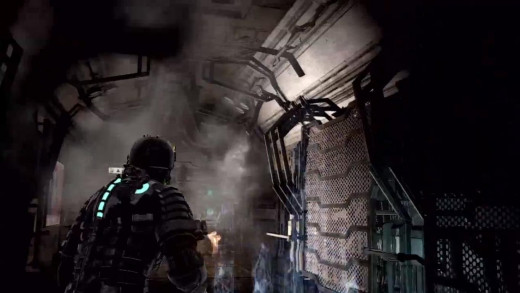
It's also the small things that made Dead Space such a joy to play, such as the ability to move and shoot at the same time. This slight alteration makes some surprisingly significant changes to the action/horror template. For starters, enemies have to be much faster to compensate for your greater freedom of movement. Necromorphs, the aliens that infest the ship that Isaac Clarke and his crew are trapped on, are a sprightly bunch. Ten minutes into the game and you're left to make a desperate sprint to an elevator as a grotesque corpse-alien chomps at your heels.
What's more, the act of finding weaknesses in the various aliens was a game in itself. The head was usually the least useful target. Cut that off, and most monsters would still amble towards you, albeit now swishing its claws blindly. Of course, some enemies required different tactics, the infect babies, for example, have three tentacles that erupt from their back, whilst the "cysts" drag a glowing bag of yellow space puss along with them. If there was one thing the original Dead Space didn't do quite as well on, it was the overall enemy variety. Sure, there were different types, but they could mostly be handled the same way, it sometimes even risked underselling how great the strategic dismemberment mechanic was.
All this would have been for nothing though had the game's setting not been up to scratch. Fortunately, it was, the U.S.G. Ishimura is a big ship and Redwood Shores used that to their advantage. Each section that you arrive on is visually different, the medical bay, the engine room, the captain's quarters. The story of Dead Space is simplistic, but well told, and it would have been a lot less effective if the developers had not gotten the setting nailed down so well. A lot of Dead Space's narrative is actually told through the environment: we really believe that this ship was once inhabited by people, which in turn amplifies the game's horror elements.
Some have undoubtedly complained that Dead Space was yet another nail in the coffin for proper survival horror titles. It's true, Dead Space isn't all that scary, but it's not trying to be. What it wants to do is make each account feel a little unnerving, rattle you with several jump scares before unleashing a horde of slavering aliens at you. Survival horror? No, Dead Space was to the core an action-horror game, and a good job it was too.
Dead Space was released in October 2008 for 360, PC and PS3.
© 2013 LudoLogic


